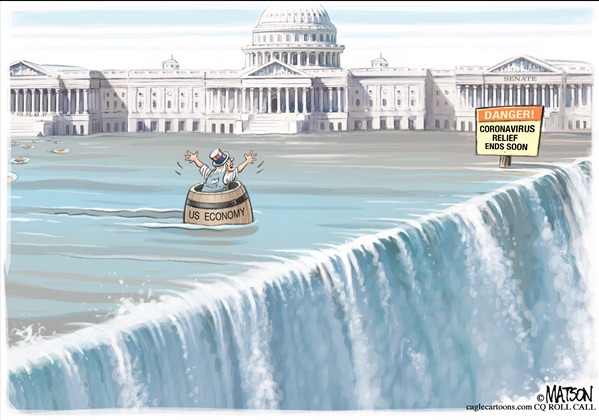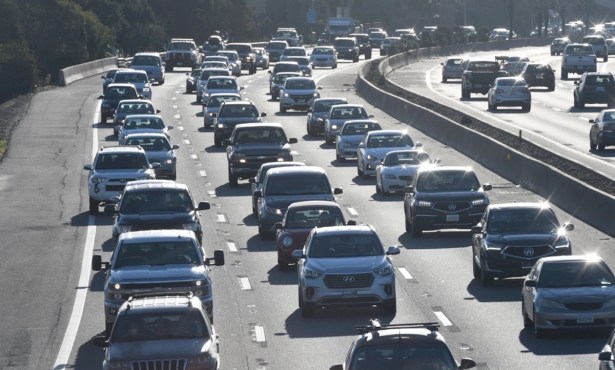Stop Neglecting the Working Class
Wealth Disparities and Prevalence of Homelessness in Santa Barbara

When people imagine Santa Barbara, they usually picture a beautiful, urban beach town where celebrities come to relax. It is no wonder it has been dubbed as “a playground for the rich and famous” in travel brochures. People often fantasize about lying on the sand with a mimosa in hand. But what about the waiters who brought you that mimosa? How is this paradise treating them? When you peel back the veil of glamour, you will see the wealth disparities and the prevalence of homelessness in Santa Barbara.
The people who work in Santa Barbara often cannot afford to live here. The demographic data illustrates how Santa Barbara is a paradise for the wealthy, but puts a constant strain on the less affluent. From my own experiences, many people make do by cramming apartments with as many roommates as possible, or having multiple generations living together. KEYT reported that this results in mass commutes everyday, approximately 30,000 trips into Santa Barbara from less expensive areas of the county everyday. Unsurprisingly, this leads to heavy traffic congestion on the 101. Sitting in an hour or more in traffic every work day puts a large amount of stress on people and can negatively affect their health. It is no secret that long commute times increase a person’s risk for physical and mental health issues. From my own experience, moving farther away to find cheaper housing did not solve the problem. Whatever I saved by moving to Ventura, I spent on gas getting to my job in Santa Barbara.
Another byproduct is approximately 1,223 homeless individuals living on the streets. By the city’s own account, there are not enough shelter beds or supportive housing units available to support this large homeless population. This situation gave rise to the Safe Parking Program where people are allowed to park in designated lots and live and sleep in their cars. Many of the people in the program are employed in the city but cannot afford housing in Santa Barbara or the cost of commuting from out of town. Although these programs were developed with good intentions, they are inherently flawed. Any city with as much wealth as Santa Barbara should not have working citizens having no other option but to live in a car.
Santa Barbara’s homeless support system should further implement ideas that its constituent organizations have already considered. The county Continuum of Care already wants to expand capacity for groups like homeless veterans, and the Behavioral Wellness Department has already added supportive housing for people with mental disabilities. These are positive first steps and should be expanded if the county wants to serve the working people who make this city run. The Continuum of Care board should include stakeholders like The Independent Living Resource Center, CAUSE, and groups involved with transition aged youth in their board to best serve the needs of Santa Barbara’s working people.
Some of the most affluent in Santa Barbara have a simple solution to all of this, “Don’t live in Santa Barbara if you can’t afford it!” One columnist for a local news site equated the issue of affordable housing to people wanting expensive cars. Simply put, he said that not being able to afford a Lexus is not a transportation crisis, and people need to live within their means. So, if you cannot afford to live in Santa Barbara, stay out. However, there is no way a community can sustainably function with that mentality. Without people like me, standing behind cash registers or fetching someone their second triple vodka soda, Santa Barbara will crumble. The city needs to have a solid foundation of working class people in order to power everyday life. Now more than ever, Santa Barbara has seen just how valuable these positions are in our community. How dare we praise these “essential workers”, while also creating an environment that is so difficult for them to exist in. Santa Barbara needs to recognize the value of all of its citizens, and the role we all play in keeping our community going.
Santa Barbara needs affordable housing and lower rent now. This system of neglecting the working class cannot continue. In order to have a sustainable city with a thriving tourism economy, Santa Barbara has to invest at the bottom. I firmly believe that a community that takes care of its citizens, will have the citizens take care of the community in return. In a time where the city’s main economic drivers have been disrupted, maintaining a healthy affordable housing stock has never been more necessary. This is one of the most pertinent social issues in Santa Barbara, and one that needs to be addressed with action.
Sarah Oberhauser is a graduate student at USC. She is a UCSB graduate, and lived/worked in Santa Barbara for six years. She plans to return after completing graduate school.
Kamau McKie is a graduate student at USC. He is a Morehouse College graduate and lifelong resident of Metro Atlanta. He loves reading the news, his family, and learning about new places.



